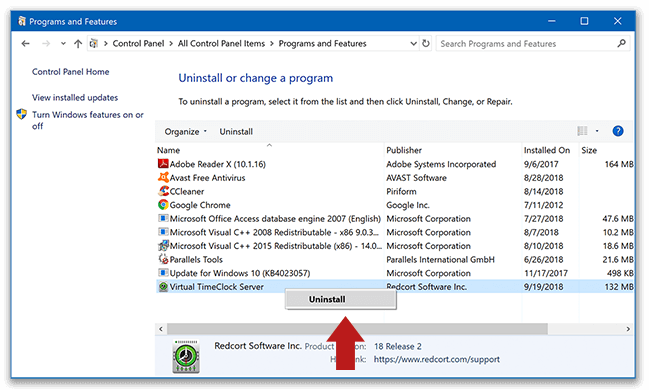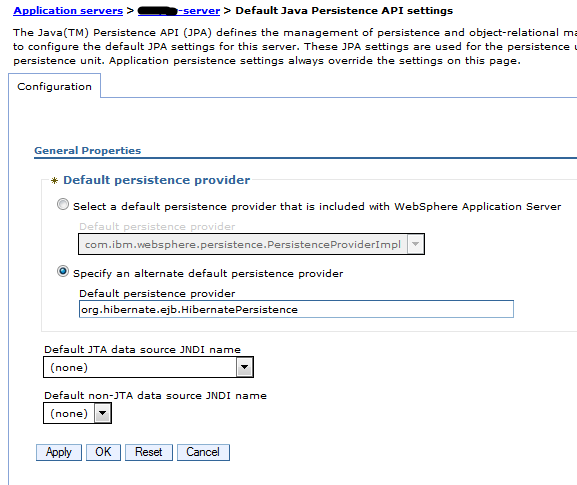

rdp file, they may be confused if they attempt to retrieve it the normal way because the ports are different.

SoĪnother repercussion of changing the port is if at some point in the future someone wants to get a proper. It comes in handy even in the case where you are manually distributing. rdp files based on the current configuration of the deployment. The postgate.dll is located in the WebGateinstalldir, as described in 'Installing postgate.dll on IIS Web Servers'.
#Virtualhostx uninstall web server install
You may also need to install the postgate.dll file at the computer level. They wanted to use RDWeb, they would need to know to type in the correct port on the end of the url, and you would need to reconfigure the SSL redirect to include the new https port as well.īesides being a tool for end users, RDWeb is a source for properly-configured. Either install the WebGate.dll at the site level to control all virtual hosts or install the WebGate.dll for one or all virtual hosts. Primary impact of changing the ports would be the need to configure the clients, custom rdp property of the collection, etc., if they were to want to actually use RDWeb and/or the webfeed and/or RD Gateway (if installed later). You don't need another interface, just add a second private ip address to the existing interface.
#Virtualhostx uninstall web server full
Is multiple full desktop sessions this may be fine. The downside of this is you will not be able to use Server Manager and/or most of the RDS powershell commands to manage RDS, so you will need to use group policy settings, wmi, registry edits. You would need to specify the rd licensing server name and licensing mode It does not remove applications installed on the session host or user profile data. Properties, published RemoteApp definitions (if any), collection settings, etc. To do this you would remove RD Connection Broker and RD Web Access, leaving only RD Session Host and RD Licensing. 41.Īn alternative would be to change the listening ports for RDWeb so that both Apache and IIS could listen on same ip.Īnother alternative would be to remove the RDS deployment and leave only basic RDS. For example, the server would have two addressesġ92.168.1.40 and 192.168.1.41, with Apache listening on. What I would suggest is you bind IIS to one ip address and Apache to the other, that way they can both co-exist on the same server. An RDS deployment requires at least one RD Web Access server.


 0 kommentar(er)
0 kommentar(er)
